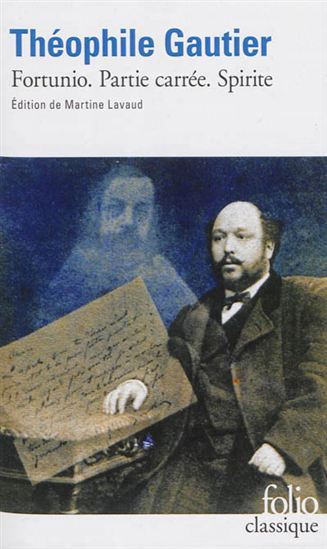
Fortunio (1837), avec son héros décadent, insensible et passionné à la fois, exprime le romantisme du jeune Gautier et son goût pour l'Orient. Partie carrée (1848) est un roman d'aventures maritimes qui, en se jouant des codes du roman-feuilleton, propose une surprenante méditation sur le hasard historique et amoureux. Spirite (1865), «nouvelle fantastique» qui raconte la fusion de deux âmes dans l'au-delà, montre un Gautier féru d'occultisme. Ces trois courts romans déclinent une réflexion sur le bonheur et la beauté : terrestres et individuels dans Fortunio, politiques et collectifs dans Partie carrée, surnaturels dans Spirite. Hanté par le dépassement des contraires, traquant le cliché et goûtant le paradoxe, Gautier a pratiqué tous les genres littéraires, connu tous les courants esthétiques. Ces trois romans résument un siècle de littérature.
Author
